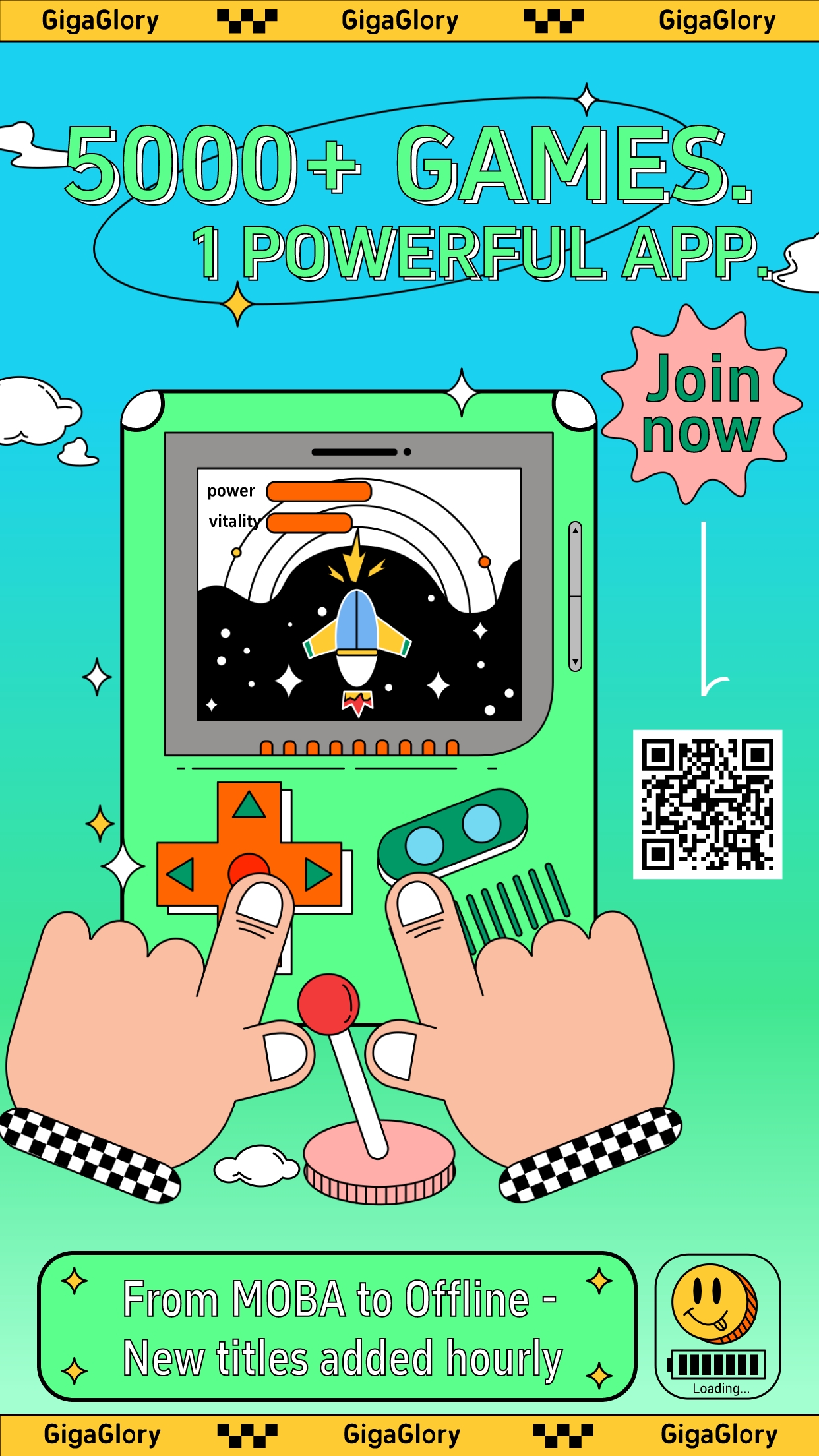How Real-Time Strategy Games are Shaping the Future of Simulation Games
Have you ever wondered how the thrilling world of real-time strategy (RTS) games is influencing the evolution of simulation games? As we dive into this captivating intersection, we'll explore pivotal elements shaping future gaming experiences.
Understanding the Fundamentals of Simulation Games
Simulation games aim to replicate real-world activities, offering players the ability to manage, control, and alter environments. They span various genres, from farming and construction to intricate life simulations. The key here is realism. Whether you're simulating a city or managing a business, the goal is to create an immersive experience that mirrors reality.
Real-Time Strategy Games: A Brief Overview
RTS games like Clash of Clans have carved a niche in the gaming landscape. They require players to gather resources, build structures, and generate armies—all in real-time. The engagement of strategic planning against opponents in a dynamic environment sets RTS apart from traditional turn-based strategies. Games like “Delta Force Hawk Ops Beta" further push the envelope with tactical gameplay that demands quick thinking.
The Blending of Genres
As simulation games evolve, the influence of RTS mechanics is undeniable. The blending of genres fosters innovative gaming approaches. Imagine a simulation game where resource management intertwines with real-time strategic decisions. This fusion challenges developers to create immersive systems that keep players engaged over time.
Elements of RTS That Influence Simulation Games
| Element | Impact on Simulation Games |
|---|---|
| Real-Time Mechanics | Translates urgency and enhances player immersion. |
| Resource Management | Encourages tactical planning and decision-making. |
| Dynamic Environments | Differentiates gameplay experience with unpredictable challenges. |
| Multiplayer Features | Fosters community interactions and competitive elements. |
The Thrill of Competition
One of the standout features of RTS games is the inherent competition. Players are not just managing resources; they are grappling with opponents in real-time. This competitive edge is something simulation games can adopt to enhance engagement. By introducing elements like player-versus-player (PvP) modes, developers can create stimulating environments that inspire players to improve not only their skills but also their approach to in-game problems.
What Makes a Great RTS Game?
- Balanced Gameplay: Essential for keeping players invested.
- Strategic Depth: Multiple ways to achieve victory.
- User-Friendly Interface: Ensures accessibility for novice and experienced players alike.
How RTS Mechanics Transform Simulation Games
Real-time mechanics typically absent in traditional simulation games introduce unique challenges that keep players on their toes. Imagine managing a city where buildings and activities evolve in real-time, reflecting player choices instantly. It adds a layer of responsibility, as decisions must be made quickly and effectively. With this approach, the simulation experience becomes much more intense and rewarding.
Current Trends in Simulation Gaming
The current trend in the industry tilts towards integrating more interactive elements from RTS games into simulations. Games now resonate with the audience seeking fast-paced action blended with strategic thinking. Titles that previously relied solely on turn-based or queued actions are transforming to feature real-time elements. This trend creates a challenging yet fulfilling experience where players actively influence their gameplay environment.
Future Possibilities
The potential for RTS mechanics to reshape simulation gaming is enormous. With advancements in technology, developers can create even more immersive experiences through virtual and augmented reality. Players may find themselves not only managing resources on a screen but also navigating a three-dimensional world that reacts in real time. The convergence of these genres opens the door to limitless possibilities, pushing the boundaries of gameplay.
The Role of Community Feedback
Community plays a vital role in shaping both RTS and simulation games. Game developers often rely on player feedback to tweak mechanics, improve gameplay, and enhance user experience. This symbiotic relationship allows gamers to feel heard and engaged, further bolstering their investment in the games they play. The feedback creates a loop where the community’s desires directly contribute to the evolution of game mechanics and features.
Conclusion: The Road Ahead
As we look toward the future, the infusion of RTS elements into simulation games is just beginning. This innovative fusion enhances gameplay depth, engages players in new ways, and redefines how we experience virtual worlds. The future holds great promise for gamers in Turkmenistan and beyond, as the landscape of gaming continues to transform, driven by thrilling possibilities. Embrace this change, as the new wave of gaming is not just about playing; it's about participating in a dynamic, immersive experience.



